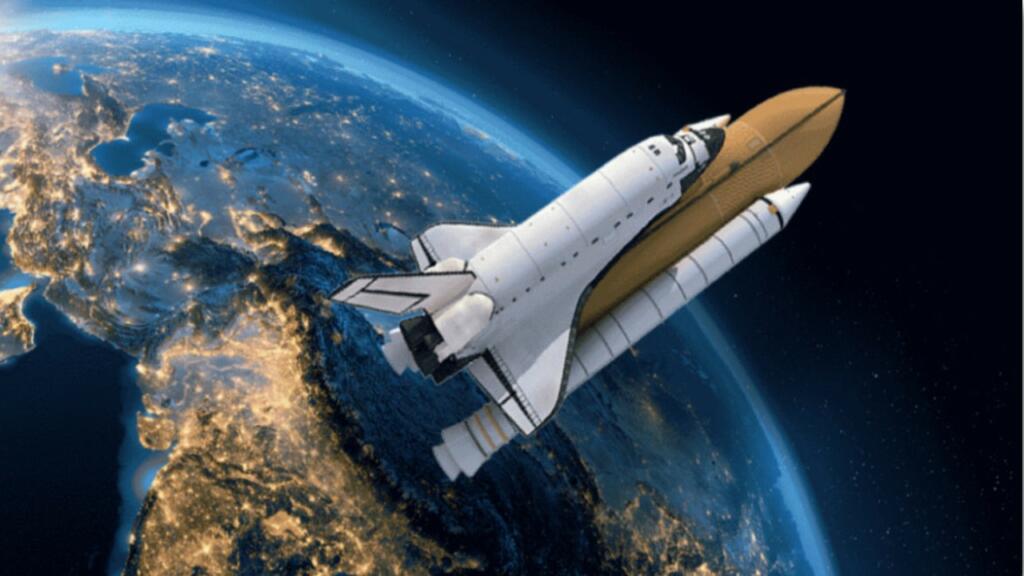After the unsuccessful soft landing attempt of Chandrayaan 2 in 2019, due to a last-minute glitch, the Indian Space Research Organization (ISRO) has proposed another lunar mission in order to demonstrate successful soft landing and roving on the lunar surface. This mission, known as Chandrayaan-3, will be the third lunar exploration mission undertaken by the ISRO.
The important EMI-EMC (Electro-Magnetic Interference and Electro-Magnetic Compatibility) test for the Chandrayaan-3 lander was successfully completed at the U.R. Bengaluru’s Rao Satellite Center. ISRO has reported that the EMI-EMC test for the lander of Chandrayaan-3 was completed successfully between the dates of January 31 and February 2.
Also read: Breaking Stereotypes: Male Contraceptive Pill Could Soon Be Available
Improvement in technology and improvisation
In contrast to Chandrayaan-2, this new satellite will not have an orbiter, but its propulsion module will be used as a communications relay satellite. The Chandrayaan-3 interplanetary mission consists of three main modules: the propulsion module, the lander module, and the Rover.


To examine the spectral and polarimetric observations of Earth from lunar orbit, the propulsion module carries a Spectro-Polarimetry of Habitable Planet Earth (SHAPE) payload.
Lander payloads: It contains Chandra’s Surface Thermophysical Experiment (ChaSTE) to measure the thermal conductivity and temperature; the Instrument for Lunar Seismic Activity (ILSA) for measuring the seismicity around the landing site; and the Langmuir Probe (LP) to estimate the plasma density and its variations. A passive laser retroreflector array from NASA is accommodated for lunar laser ranging studies.
Also read: Bezos’ plan to turn moon dust into energy
Rover payloads: For determining the elemental composition close to the landing site, scientists used the laser-induced breakdown spectroscope (LIBS) and the alpha particle X-ray spectrometer (APXS) in it.
According to the ISRO, the EMI-EMC test is carried out for satellite missions to confirm the performance of the satellite subsystems in the space environment and their compatibility with the anticipated electromagnetic levels.
“This test is a major milestone in the realisation of the satellites,” the space agency said. Later this year, the GSLV MkIII (Launch Vehicle Mark 3; LMV3) from the Satish Dhawan Space Center in Sriharikota is slated to launch the Chandrayaan-3 mission.
Support TFI:
Support us to strengthen the ‘Right’ ideology of cultural nationalism by purchasing the best quality garments from TFI-STORE.COM

